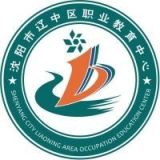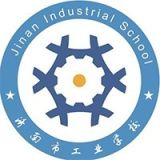如何利用职业教育提升贫困家庭成员的职业技能?

Answer:
1. Identify Relevant Training Programs
- Partner with local businesses, nonprofits, and government agencies to offer training programs in high-demand fields such as healthcare, construction, IT, and customer service.
- Focus on skills that are in high demand in the local economy, such as welding, nursing, coding, and customer service.
2. Provide Targeted Support
- Offer mentorship programs to connect job seekers with experienced professionals in their field.
- Provide job search assistance, including resume writing, interview skills training, and job placement services.
- Create flexible learning options, such as online courses or evening classes, to accommodate busy schedules.
3. Foster a Positive Learning Environment
- Create a welcoming and supportive learning environment where job seekers feel comfortable asking questions and seeking help.
- Provide opportunities for peer-to-peer learning and networking.
- Offer flexible work schedules and accommodations to support job seekers' needs.
4. Encourage Participation and Retention
- Promote job search activities and provide incentives for participation, such as gift cards or scholarships.
- Offer ongoing support and career coaching to help job seekers stay on track and achieve their career goals.
- Create a sense of community and belonging among job seekers.
5. Collaborate with Local Businesses
- Encourage businesses to participate in training programs and provide job opportunities to qualified job seekers.
- Offer internships and apprenticeships to provide hands-on training and real-world experience.
- Foster a culture of hiring from within the community.
6. Measure and Track Progress
- Regularly evaluate the effectiveness of training programs and make adjustments as needed.
- Track job placement rates, earnings, and other outcomes to demonstrate the value of the program.
7. Continuous Improvement
- Stay updated on industry trends and emerging technologies to ensure that training programs remain relevant.
- Seek feedback from job seekers and stakeholders to identify areas for improvement.























































































































